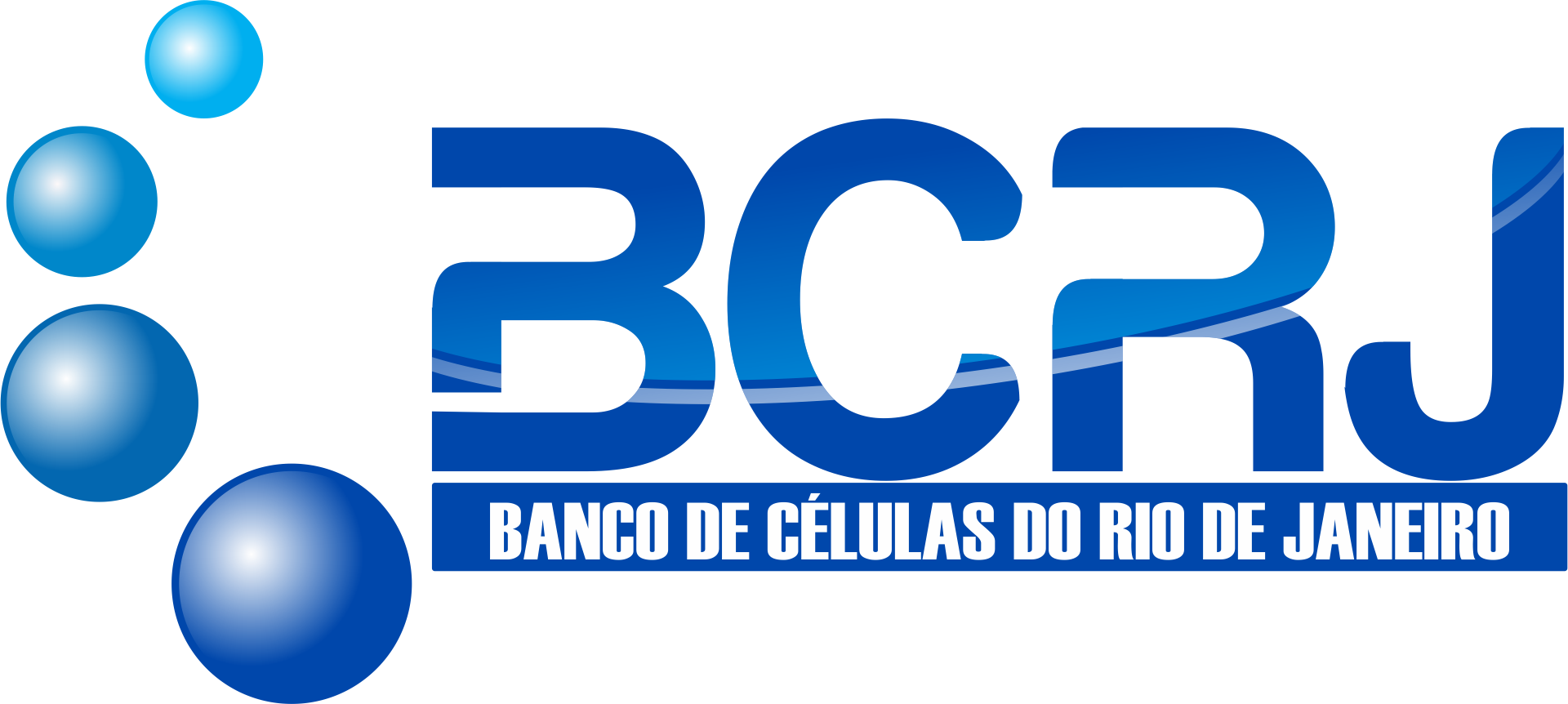| BCRJ Code | 0287 |
| Cell Line | Malme-3M |
| Species | Homo sapiens |
| Vulgar Name | Human |
| Tissue | Malignant Melanoma; Derived From Metastatic Site: Lung |
| Cell Type | Fibroblast |
| Morphology | Mixed |
| Disease | Malignant Melanoma |
| Growth Properties | Mixed Adherent-Suspension |
| Sex | Male |
| Age/Ethinicity | 43 Year / Caucasian |
| Derivation | This is one of an extensive series of human tumor lines isolated and characterized by J. Fogh. This melanoma cell line was isolated from the same patient as Malme-3, a normal skin fibroblast. |
| Applications | This melanoma cell line was isolated from the same patient as Malme-3, a normal skin fibroblast. The two cell lines provide tumor and normal counterparts for comparative in vitro melanoma studies. |
| DNA Profile | Amelogenin: X,Y CSF1PO: 12 D13S317: 8,13 D16S539: 9,12 D5S818: 11 D7S820: 9,12 THO1: 8 TPOX: 8,9 vWA: 15,16 |
| Tumor Formation: | Yes, in nude mice; forms pigmented malignant melanoma |
| Products | Antigen expression: HLA A2, Aw30, B13, B40(+/-), DRw7 |
| Biosafety | 1 |
| Culture Medium | Iscove's Modified Dulbecco's Medium (IMDM) contains 2 mM L-glutamine, 4500 mg/L glucose and 20% of fetal bovine serum. |
| Subculturing | Volumes used in this protocol are for 75 cm2 flask; proportionally reduce or increase amount of dissociation medium for culture vessels of other sizes. Remove and discard culture medium. Briefly rinse the cell layer with PBS without calcium and magnesium to remove all traces of serum that contains trypsin inhibitor. Add 2.0 to 3.0 mL of Trypsin-EDTA solution to flask and observe cells under an inverted microscope until cell layer is dispersed (usually within 5 to 15 minutes). Note: To avoid clumping do not agitate the cells by hitting or shaking the flask while waiting for the cells to detach. Cells that are difficult to detach may be placed at 37°C to facilitate dispersal. Add 6.0 to 8.0 mL of complete growth medium and aspirate cells by gently pipetting. Add appropriate aliquots of the cell suspension to new culture vessels. Incubate cultures at 37°C NOTE: For more information on enzymatic dissociation and subculturing of cell lines consult Chapter 12 in Culture of Animal Cells, a manual of Basic Technique by R. Ian Freshney, 6th edition, published by Alan R. Liss, N.Y., 2010. |
| Subculturing Medium Renewal | 2 to 3 times per week |
| Subculturing Subcultivation Ratio | 1:2 to 1:4 is recommended |
| Culture Conditions | Atmosphere: air, 95%; carbon dioxide (CO2), 5% Temperature: 37°C |
| Cryopreservation | 95% FBS + 5% DMSO (Dimethyl sulfoxide) |
| Thawing Frozen Cells | SAFETY PRECAUTION:
It is strongly recommended to always wear protective gloves, clothing, and a full-face mask when handling frozen vials. Some vials may leak when submerged in liquid nitrogen, allowing nitrogen to slowly enter the vial. Upon thawing, the conversion of liquid nitrogen back to its gas phase may cause the vial to explode or eject its cap with significant force, creating flying debris.
NOTE: It is important to avoid excessive alkalinity of the medium during cell recovery. To minimize this risk, it is recommended to place the culture vessel containing the growth medium in the incubator for at least 15 minutes before adding the vial contents. This allows the medium to stabilize at its normal pH (7.0 to 7.6). |
| References | Human tumor cells in vitro. New York: Plenum Press; 1975. Fogh J, et al. Absence of HeLa cell contamination in 169 cell. Pollack MS, et al. HLA-A, B, C and DR alloantigen expression on forty-six cultured human tumor cell lines. J. Natl. Cancer Inst. 66: 1003-1012, 1981. Fogh J, et al. One hundred and twenty-seven cultured human tumor cell lines producing tumors in nude mice. J. Natl. Cancer Inst. 59: 221-226, 1977.lines derived from human tumors. J. Natl. Cancer Inst. 58: 209-214, 1977. |
| Depositors | LETÍCIA VERAS COSTA LOTUFO - Universidade Federal do Ceará |
| Cellosaurus | CVCL_1438 |



